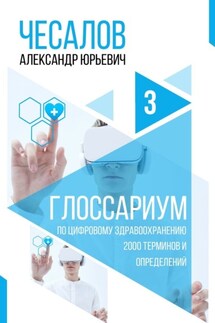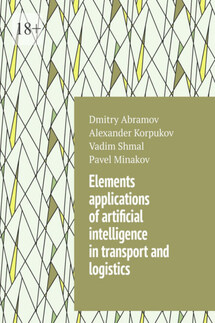Разработка Android-приложений с Augmented Reality - страница 16
if (mGoogleApiClient.isConnected ()) {
stopLocationUpdates ();
}
}
protected void startLocationUpdates () {
if (ActivityCompat.checkSelfPermission (this, android.Manifest.permission.ACCESS_FINE_LOCATION)!= PackageManager.PERMISSION_GRANTED && ActivityCompat.checkSelfPermission (this, android.Manifest.permission.ACCESS_COARSE_LOCATION)!= PackageManager.PERMISSION_GRANTED) {
return;
}
LocationServices.FusedLocationApi.requestLocationUpdates (
mGoogleApiClient, mLocationRequest, this);
}
/**
* Removes location updates from the FusedLocationApi.
*/
protected void stopLocationUpdates () {
// It is a good practice to remove location requests when the activity is in a paused or
// stopped state. Doing so helps battery performance and is especially
// recommended in applications that request frequent location updates.
// The final argument to {@code requestLocationUpdates ()} is a LocationListener
// (http://developer.android.com/reference/com/google/android/gms/location/LocationListener.html).
LocationServices.FusedLocationApi.removeLocationUpdates (mGoogleApiClient, this);
}
@Override
public void onConnected (@Nullable Bundle bundle) {
if (ActivityCompat.checkSelfPermission (this, android.Manifest.permission.ACCESS_FINE_LOCATION)!= PackageManager.PERMISSION_GRANTED && ActivityCompat.checkSelfPermission (this, android.Manifest.permission.ACCESS_COARSE_LOCATION)!= PackageManager.PERMISSION_GRANTED) {
// TODO: Consider calling
// ActivityCompat#requestPermissions
// here to request the missing permissions, and then overriding
// public void onRequestPermissionsResult (int requestCode, String [] permissions,
// int [] grantResults)
// to handle the case where the user grants the permission. See the documentation
// for ActivityCompat#requestPermissions for more details.
return;
}
Location mLastLocation = LocationServices.FusedLocationApi.getLastLocation (mGoogleApiClient);
if (mLastLocation!= null) {
mCurrentLocation = mLastLocation;
String lat = String.valueOf(mCurrentLocation.getLatitude ());
String lon = String.valueOf(mCurrentLocation.getLongitude ());
Toast toast = Toast.makeText (this, «Last location» + lat + " " + lon, Toast. LENGTH_LONG);
toast.show ();
mWorld.clearWorld ();
mWorld = CustomWorldHelper.generateObjects (this, mCurrentLocation);
mBeyondarFragment.setWorld (mWorld);
} else {
startLocationUpdates ();
}
}
@Override
public void onConnectionSuspended (int i) {
mGoogleApiClient.connect ();
}
@Override
public void onConnectionFailed (@NonNull ConnectionResult connectionResult) {
}
@Override
public void onLocationChanged (Location location) {
mCurrentLocation = location;
String lat = String.valueOf(mCurrentLocation.getLatitude ());
String lon = String.valueOf(mCurrentLocation.getLongitude ());
Toast toast = Toast.makeText (this,«Current location " + lat+" "+lon, Toast. LENGTH_LONG);
toast.show ();
mWorld.clearWorld ();
mWorld = CustomWorldHelper.generateObjects (this, mCurrentLocation);
mBeyondarFragment.setWorld (mWorld);
}
}
Теперь дополненная реальность будет привязана к текущему местоположению пользователя.
В качестве примера использования фреймворка BeyondAR создадим игровое приложение Creatures in Camera, в котором пользователь сможет расставлять 2D объекты в реальном мире, а потом наблюдать их через камеру.
Создадим новый проект в Android Studio, используя шаблон Navigation Drawer Activity.
Для сборки APK файла с большим количеством методов в коде, в Gradle файл добавим:









